Social media platforms, in particular, have proven to be an integral part of their strategy, especially since tactics like influencer marketing and user-generated content (UGC) became popular. Given the growth user-generated content has experienced, we thought it’d be helpful for you to have a beginner’s guide to user-generated content to answer all of your UGC-related concerns.
What is User Generated Content (UGC)?
User-generated content (UGC) is any type of content created by individuals rather than brands.
Those individuals create content in almost every shape and form – like social media posts, videos, and blog posts – and share it online with their personal audiences.
By doing so, they act as brand advocates since they put in their creativity and create authentic content, indirectly on behalf of the brand.
According to author and marketing expert, Seth Godin:
“Marketing is no longer about the stuff you make, but about the stories, you tell”.
Who better to tell those stories than your customers themselves?
This is something that companies have discovered to be of great benefit to them and 78% of marketers say that they use UGC in their content strategy.
Impressive, right?
This is due to the large number of benefits that it brings, which we’ll cover in detail further in this guide.
What’s even more fascinating is that when individuals create and share content online, they tend to get 28% higher engagement compared to the content shared by companies.
One of the many companies that have taken advantage of UGC is Samsung.
While we’ll showcase many examples later, we believe that this’ll give you a good idea of what UGC is all about.
To be precise, when Samsung released the Galaxy A smartphone, it prompted fans to post creative social content by using the product and adding the hashtag #danceawesome.
By doing so, creators were given the chance to enter a contest to win the smartphone; if you think about it, it’s really a win-win situation!
Author’s Note: Establishing branded hashtags helps you measure the total reach of your social media marketing campaigns.
Here’s one example of the many videos shared on TikTok, one of the most popular platforms for UGC:
This post alone has gained over 2 million views and 250,000 likes so far, giving the company a huge amount of exposure.
Sounds good, right?
Now, let’s dive a little deeper into the world of UGC and see where it comes from.
Where Does User-Generated Content Come From?
User-generated content comes from individual creators sharing branded content on their own platforms and for their own audience.
This helps brands raise more awareness through the power of word-of-mouth since they’re not “promoting themselves”, but they allow others to create promotional content on their behalf.
A common practice for brands is to repost or share the UGC on their own social media channels.
The fact that a post has been created by members of their audience, who basically act as brand ambassadors, makes the content feel more authentic and powerful.
How do you find such creators?
The most common sources are your social media channels.
What you can do is incentivize your audience to promote your brand through their own content, in exchange for something else; like a giveaway entry or a shoutout.
Author’s Tip: If you’re looking for a faster and easier way, you can always use a trusted partner like Insense to help you find the right creators to collaborate with.
While UGC shares many similarities with influencer marketing, it’s more often than not compared to traditional marketing techniques.
It’s true that the two of them can be quite different.
Let’s have a closer look.
How Does User Generated Content Differ From Traditional Marketing?
Whether user-generated content is effective enough compared to a number of traditional marketing strategies is something we will discuss in this section.
Which one is better?
The truth is that, while this isn’t a simple binary question, what we can do is compare the two tactics and spot the key differences between them.
Let’s get into it.
If you’re planning on implementing a UGC strategy, you’ll most likely be aware of the major benefits, including:
- Cost-effectiveness
- Measurable results
- Time-efficient
- Doesn’t require expertise
- Honesty
Let’s do a breakdown of each one.
Element #1: Cost-effectiveness
First of all, UGC is one of the most cost-effective ways of doing marketing.
We’ll talk more about this in the next section of our guide, but the fact that a brand can take advantage of it for little or no cost at all is impressive.
What we mean by that is that if you’re a brand, you don’t have to pay your followers to create branded content; instead, you can incentivize them by offering perks such as giveaway entries and shoutouts.
Moving on.
Element #2: Measurable Results
What’s more, it’s easier to measure its performance in metrics, as compared to TV ads for example.
Impressions, likes, comments, and engagement rates are possible to track and give you a good idea of what your conversion rates are.
Such KPIs can be accessed either directly through a user’s account, or via a third-party tool.
Let’s continue.
Element #3: Time-efficient
What we mean is that, once you set up your UGC campaign and share it with your followers, all you have to do is wait for them to create content and share it on their platforms.
It’s definitely one of the most time-efficient practices when it comes to content marketing.
Whether you want to repost some – or even all – of the UGC on your social channels is entirely up to you.
Moving on to the next element.
Element #4: It Doesn’t Require a Great Amount of Expertise
While knowledge and experience are often essential in other traditional marketing efforts, such as setting up a successful Google Ads campaign, this isn’t always the case with UGC.
A good user-generated content campaign can still be a challenge, but if you know who your target audience is and have a good grip on social media, then the process won’t be as difficult.
If you’re not aware of the process, no need to worry!
We’ll cover it step-by-step later on, but for now, let’s continue to the next key element.
Element #5: Honesty
Who would you believe more?
A brand telling you how great its product or service is? Or an independent content creator recommending the brand to you?
Chances are, you’d be inclined to go for the latter, especially if that creator is a trustworthy source.
Overall, while UGC isn’t the only good way of doing marketing out there, it does have some key elements that give it a certain amount of credibility.
The examples we’ll share with you further on will speak for themselves.
Time to have a look at what characterizes traditional marketing.
Traditional Marketing
Whether we’re talking about traditional marketing with or without digital tactics, the means of promoting a brand – apart from UGC – share some things in common, such as:
- Costliness
- Difficult to measure results
- Time-consuming
- Require skills and experience
- Not easy for an audience to trust
Let’s have a closer look.
Element #1: Costliness
Marketing techniques such as paid social and TV ads rarely come cheap.
Obviously, the higher the spend the better the reach, but they’re not always accessible for smaller brands; that’s before we even think about print ads and billboards.
According to a study, the cost of a 30-second TV commercial in the US can range anywhere from $3,240 to $62,400.
Smaller businesses are looking for more cost-effective ways of doing marketing, which is why traditional advertising is often out of the question for them.
Let’s continue.
Element #2: Difficult to Measure Results
While using UGC offers access to a wide variety of metrics, many traditional marketing techniques – such as TV and print ads – don’t facilitate such insights.
Thus, brands aren’t able to measure their campaign’s effectiveness and don’t have enough data to refine them.
Moving on to the next element.
Element #3: Time-consuming
The constant struggle marketers face is to find ways that’ll give them more for less.
UGC is one way, but most traditional ways of doing marketing require a heavy time investment to set campaigns up, run them, and measure the results as much as possible.
Think of the difference when running paid ads with your own content versus with UGC.
In the first case, you’ll need to create engaging content from scratch, while in the second one you get others to create it for you.
That makes sense, right?
Let’s move on.
Element #4: Require Skills and Experience
Creating TV ads, running paid social ads, printing promotional material, and more, all require a certain amount of expertise.
This is why they’re often done by professionals with a few years of experience, compared to UGC which can be approached by almost anyone.
Plus, in traditional advertising, honesty and authenticity are often overlooked and brands don’t take them into consideration.
Let’s dive a little deeper into this.
Element #5: Not Easy for an Audience to Trust
Consumers are targeted with a plethora of advertisements at such a large scale that the element of honesty and authenticity is often missing.
According to research, the average person is exposed to somewhere between 6,000 to 10,000 ads every day, in all shapes and sizes.
Thus, brands tend to overlook the factor of authenticity and fail to find more creative ways of promoting their business; as a result, their marketing efforts don’t have the expected outcomes.
All in all, UGC offers certain advantages compared to traditional marketing techniques.
4 Types of User-Generated Content You Need to Know
So far, it’s clear that user-generated content marketing can work wonders for brands – when done right.
Since content created by users can differ, we thought it’d be helpful to list the main types so you’ve got a better understanding of what it consists of.
Let’s get into it.
Type #1: Social Media Content
Possibly the most common type of content is visual UGC shared on social networks.
Instagram, Facebook, Snapchat, and more recently TikTok, have all played a huge role in the growth of UGC over the years.
How many times have you seen an Instagram story from a friend showing the hotel they’re staying at while on vacation?
If you haven’t, you’re one of the few.
While it’s only one of the countless examples we could talk about, it can be classified as UGC and the brand can take advantage of it by reposting it.
The great thing about social media is that you can find creators in any niche, such as travel, beauty, lifestyle, and more.
Additionally, it’s an excellent way to drive holiday sales by sharing your customer’s experience when using your products; think about the factor of authenticity we covered earlier.
Overall, leveraging your social channels by sharing UGC is a no-brainer when it comes to raising brand awareness and attracting potential customers.
Moving on to the next type.
Type #2: Video Content
According to a survey by Wyzowl, the number of businesses using video as a marketing tool has increased by 41% since 2016.
Plus, 86% of marketers say that video has increased traffic to their websites.
Those stats alone give you a good idea of how important video content is in today’s market for expanding your brand recognition and raising engagement levels with your target audience.
It also enhances a brand’s credibility; what if your customers were filming their experience shopping, traveling, eating, or using what you have to offer in general?
What’s definite is that others are more likely to judge that it’s safe to do business with you as well.
Canon is one of the many brands to use videos in its user-generated content strategy by prompting the so-called “Canon Creators” to express their creativity with its latest cameras.
Other examples include GoPro, which uses UGC to show how its products are used by customers through some highly engaging YouTube videos.
If you’re a business owner or marketing manager, we strongly suggest adding videos to your campaigns, as one of the most effective forms of visual content.
Author’s Note: What many eCommerce brands do is collect their UGC – such as unboxing videos – and use them in paid ads campaigns. It’s a great way to promote your brand’s credibility to even more people.
Let’s continue.
Type #3: Testimonials
The next type of content we’re going to cover is testimonials.
If there’s one thing that’ll make even the most skeptical buyers choose you, it has the be customer reviews.
According to a SproutSocial study, 88% of consumers are likely to buy from a brand after reading online reviews about it from other customers.
Whether they’re third-party reviews on Yelp, your Facebook page, or Google, or direct reviews on your website; having your customers express how they feel about you is an excellent way to gain trust!
What’s more, it can potentially provide you with some room for improvement; after all, they say that the customer is always right, don’t they?
What many brands do is encourage their users to publish their feedback by incentivizing them with gift cards, free trials, and more.
If you want our opinion, we recommend you follow the same tactic.
Digital payments company Square decided to not only use testimonials but also combine them with video content.
Very smart, right?
What it basically did was capture the stories of small businesses using its services and share them in a Youtube series called “Square Stories”.
This is a great example of how real-life testimonials can be repurposed into different content types to strengthen your brand’s trustworthiness.
Let’s move on to the next form of content.
Type #4: Blog Posts
Blogging has been around for a really long time, so there’s every reason for you to include it in your next UGC campaign.
It’s one of the best ways to combine authentic content with organic exposure, which is why so many marketers take advantage of it.
Don’t think of it as just text – make sure to enrich it with visual content and ways that’ll make it more engaging for your users.
For instance, up until recently, SEO company MOZ had a posting community where its members could write and upload their own blog posts.
Similar to how Reddit works, other members could upvote or downvote each post and the most popular pieces of content would be uploaded to the company’s main blog.
Conclusion
In our opinion, this is a very smart move that utilizes UGC and also cultivates an online community of internet users.
All in all, UGC can come in many shapes and sizes; whether a certain type works for you is up to you to decide.
Based on your niche, target audience, and social platforms you use, you can test which forms of content are ideal to generate positive results.











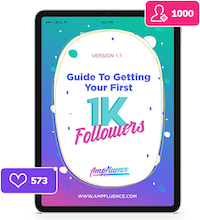
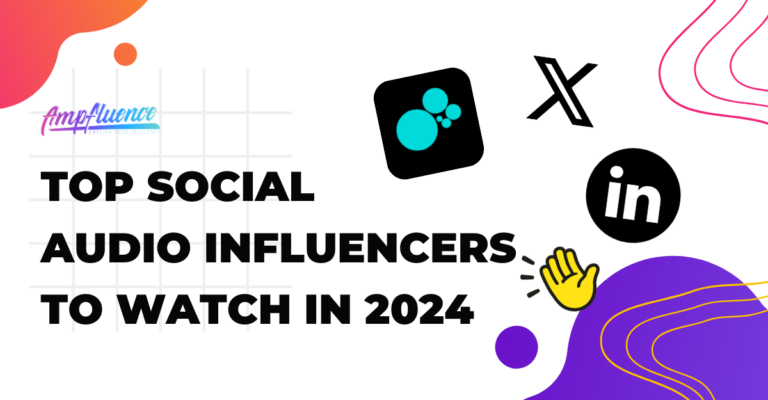
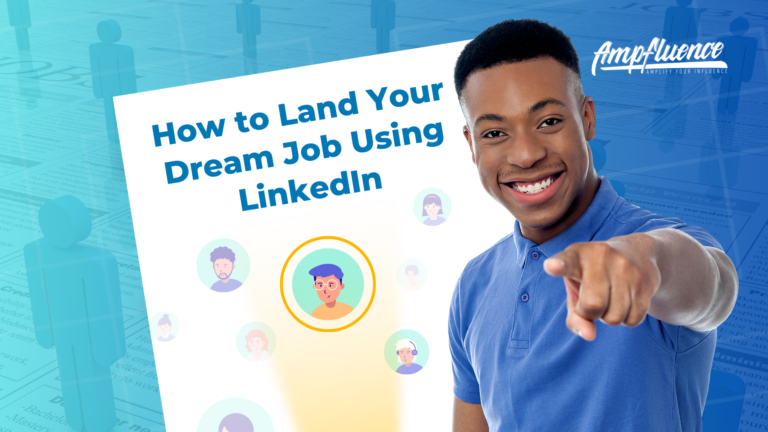
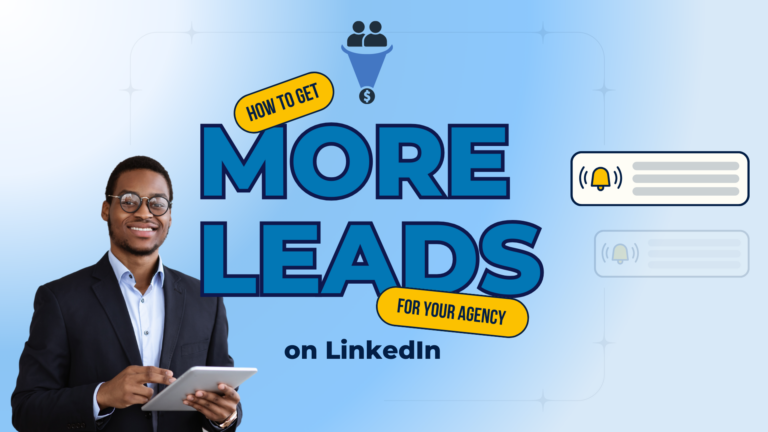

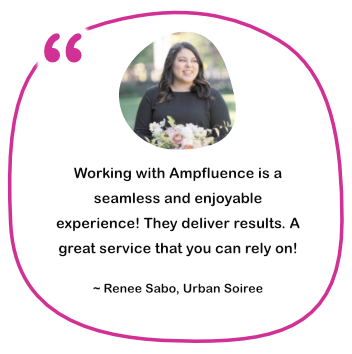

3 Responses
Thank you for this informative guide on user-generated content! As someone who is just starting to explore the world of UGC, I found the tips and best practices extremely helpful. I have also some tips for translation and localization services, visit this site for more info. It’s great to see how UGC can foster engagement and build a sense of community. I appreciate the emphasis on creating interactive features and encouraging audience participation. This guide has given me the confidence to incorporate user-generated content into my own online presence. Thank you for sharing this valuable resource!
But implementing important SEO practices should not be confused with content creation. Proper content optimization will help your web resource reach the top. Here you can learn more about recover from the helpful content update. To be relevant, content must be relevant to what users are interested in at a given time.
Content writing is a top skill field in the IT field. Beginners who are looking for ways to get the best tricks to write effective and engaging content. They can get help from this post and enhance their skills.
Reliable Fence Services in Florida